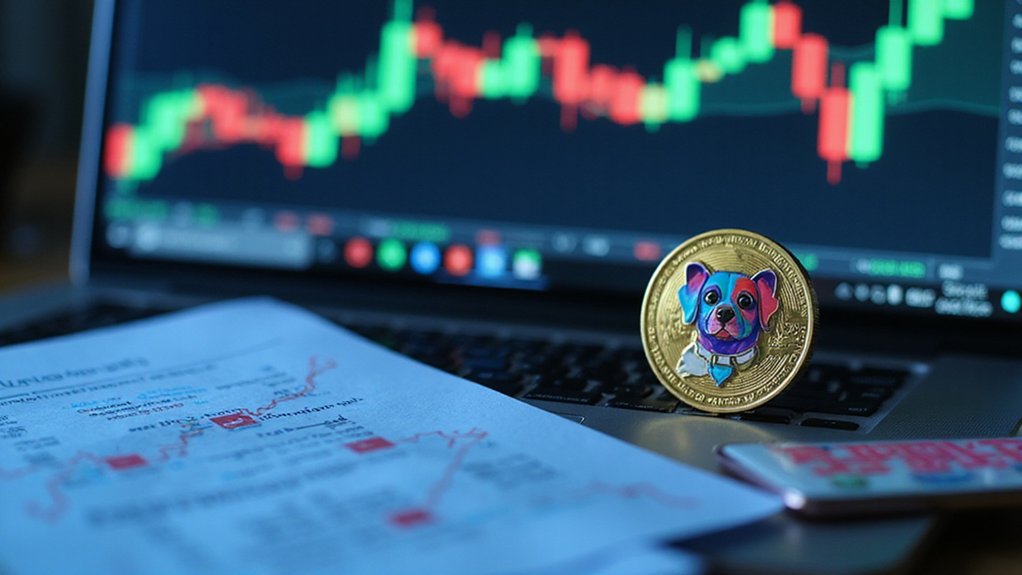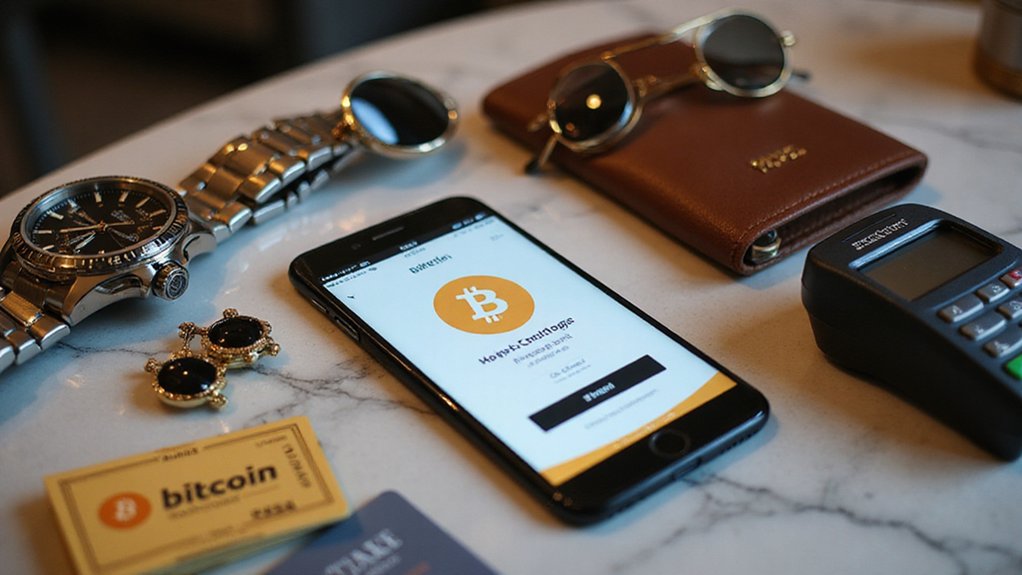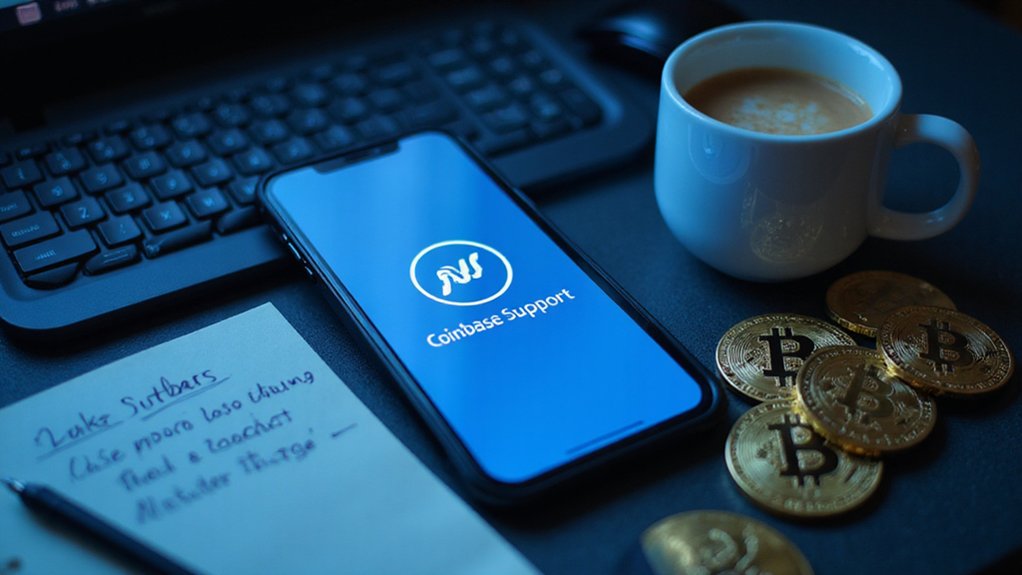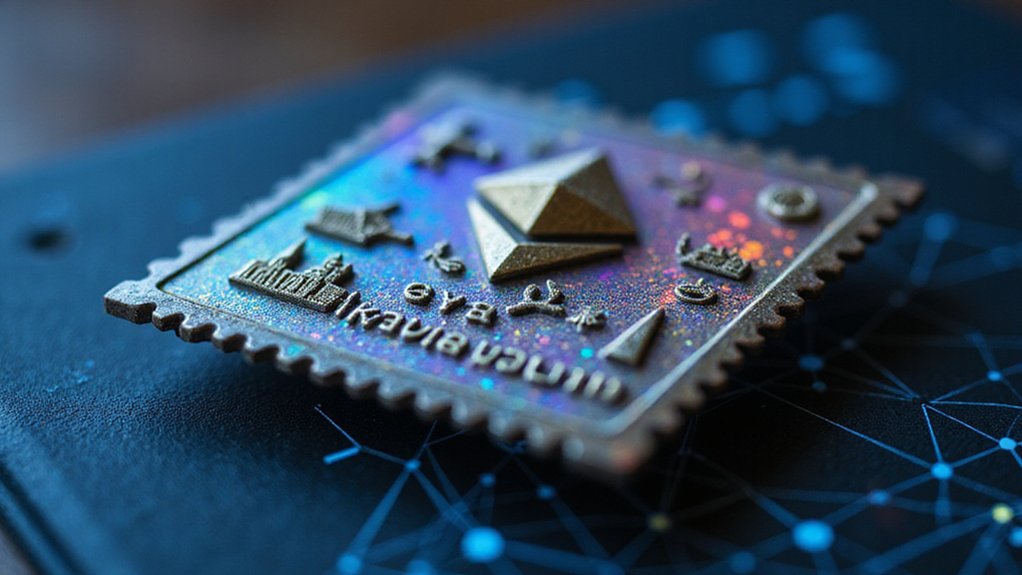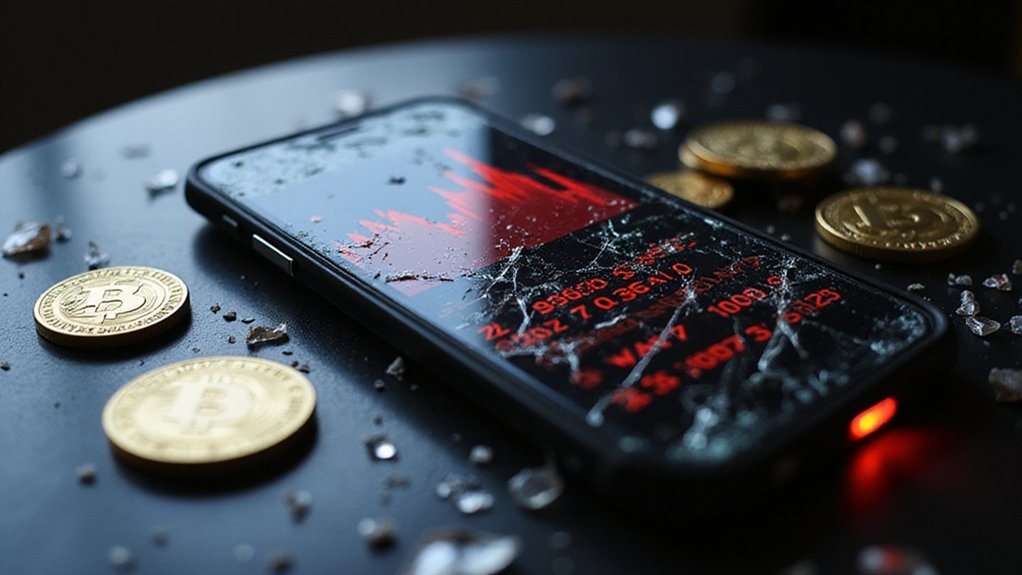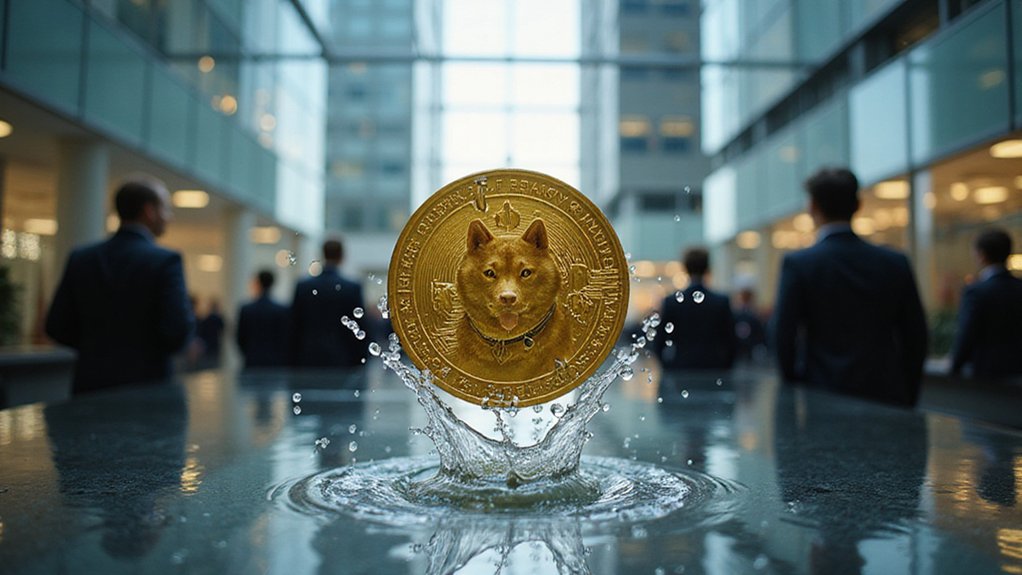Creating a meme coin demands strategic planning across multiple fronts. Developers must first establish a resonant theme and memorable branding, then select an appropriate blockchain platform (Ethereum, BSC, or Solana) based on technical requirements. Token economics require careful specification, including supply limits and transaction mechanisms, followed by proper deployment and distribution. The true differentiator, however, lies in community cultivation—where social media presence, founder accessibility, and viral marketing transform a mere token into a cultural phenomenon. The following steps illuminate this peculiar alchemy in detail.
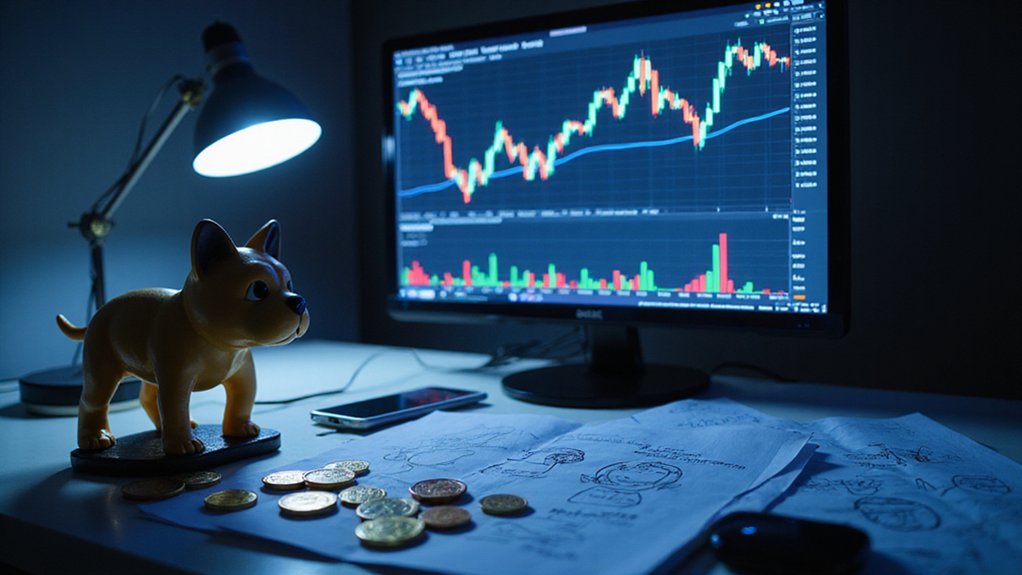
Why has the cryptocurrency landscape, once dominated by technical white papers and ambitious blockchain protocols, yielded so enthusiastically to cartoon dogs and internet jokes?
The meteoric rise of meme coins—from Dogecoin’s humble beginnings to Shiba Inu’s trillion-dollar valuation—demonstrates the peculiar alchemy of humor, community, and speculative fervor that now pervades digital finance.
The digital gold rush reimagined through cartoon mascots and inside jokes—a financial revolution built on laughter.
Creating such a phenomenon requires more strategic planning than one might initially assume.
The journey begins with concept development—establishing a theme that resonates with internet culture while determining whether the coin serves purely comedic purposes or offers genuine utility.
A memorable name and symbol are non-negotiable assets in this attention economy, where brand recognition often trumps technical specifications.
One must also delineate target demographics and distribution methods (airdrops, pre-sales) to cultivate early advocates.
Selecting an appropriate blockchain platform constitutes the next critical decision.
While Ethereum offers security and established infrastructure, alternatives like Binance Smart Chain provide lower transaction fees, and Solana delivers superior speed.
This choice affects not only development parameters but also community accessibility and potential exchange listings.
Token specification demands careful consideration of economic fundamentals—supply limits, inflationary mechanisms, and transaction features such as automatic burns or redistribution protocols.
These decisions, codified in smart contracts written in Solidity or Rust (depending on the chosen platform), require rigorous testing and security audits to prevent catastrophic vulnerabilities.¹
Deployment involves creating compatible wallets and executing the initial token distribution according to predetermined allocations.
The technical challenge here pales in comparison to what follows: community building.
Successful meme coins invariably cultivate vibrant, engaged followings through strategic social media presence, founder accessibility, and transparent development practices.
Popular projects like Pepe Coin and Arctic Pablo demonstrate how creative themes and strong storytelling can differentiate a meme coin in an increasingly crowded market.
Modern token creation platforms have democratized this process, enabling entrepreneurs with no advanced programming skills to launch their own meme coins while still meeting basic technical requirements.
The viral marketing strategy must be carefully executed to generate the necessary buzz for a memecoin to capture widespread attention and investment interest.
Perhaps most remarkable about this process is how it inverts traditional asset creation—whereas conventional financial instruments derive value from underlying fundamentals, meme coins generally acquire worth primarily through collective belief and community participation.
This social consensus mechanism, while unorthodox by traditional standards, has repeatedly demonstrated its capacity to create significant (if volatile) market capitalization from little more than clever jokes and shared enthusiasm.
¹Smart contract vulnerabilities have resulted in losses exceeding billions of dollars across the cryptocurrency ecosystem.
Frequently Asked Questions
How Much Does It Cost to Launch a Meme Coin?
Launching a meme coin entails a financial spectrum that would make traditional investors blanch.
Costs range from nominally zero (using free tools) to upwards of $250,000 for thorough deployments.
The bare minimum—approximately $5,000-$10,000—covers basic smart contract development, initial liquidity provision, and rudimentary marketing.
However, competitive launches typically require $25,000-$50,000 for audits, influencer campaigns, and liquidity depth sufficient to withstand the inevitable post-launch volatility that characterizes these speculative instruments.
Is Creating a Meme Coin Illegal in Certain Countries?
While no universal global prohibition exists, creating meme coins is indeed illegal in certain countries.
Thailand explicitly banned meme coins in 2021, citing their nebulous objectives and inherent risks.
Several nations with extensive cryptocurrency prohibitions (e.g., Algeria, Bolivia) implicitly outlaw meme coin creation by extension.
Even in crypto-friendly jurisdictions, creators must navigate complex regulatory frameworks—failing to comply with securities laws, AML/KYC requirements, or registration obligations can render otherwise legal projects unlawful.
What’s the Average Lifespan of a Successful Meme Coin?
The average lifespan of a “successful” meme coin presents a statistical paradox: while most projects collapse within one year (with 89% failing in under five days), genuine success stories like Dogecoin and Shiba Inu demonstrate multi-year persistence.
This bifurcated distribution creates a misleading mean.
What separates survivors from casualties typically involves robust community infrastructure, utility integrations beyond mere novelty, and governance mechanisms that transcend the initial hype cycle—rarities in a market defined by ephemeral enthusiasm.
Can Meme Coins Be Converted Back to Traditional Currencies?
Yes, meme coins can be converted back to traditional currencies through various mechanisms including cryptocurrency exchanges (e.g., Coinbase), P2P trading platforms, and decentralized exchanges.
The conversion process, however, remains subject to market volatility, liquidity constraints, and regulatory considerations.
While technically straightforward, the speculative nature of these assets means conversion values fluctuate dramatically—often leaving investors at the mercy of community sentiment and exchange availability rather than fundamental value propositions.
How Do You Protect Your Meme Coin From Being Copied?
Protecting a meme coin from copycats requires a multi-faceted approach: legally, through trademark registration and NDAs; technically, via smart contract audits and code obfuscation; and strategically, by cultivating a distinctive brand identity and loyal community.
While perfectly cloning the code remains technically feasible (blockchain’s open-source ethos being what it is), a project’s true value increasingly resides in its community ecosystem—something that, unlike tokenomics, proves remarkably difficult to duplicate with any authenticity.
